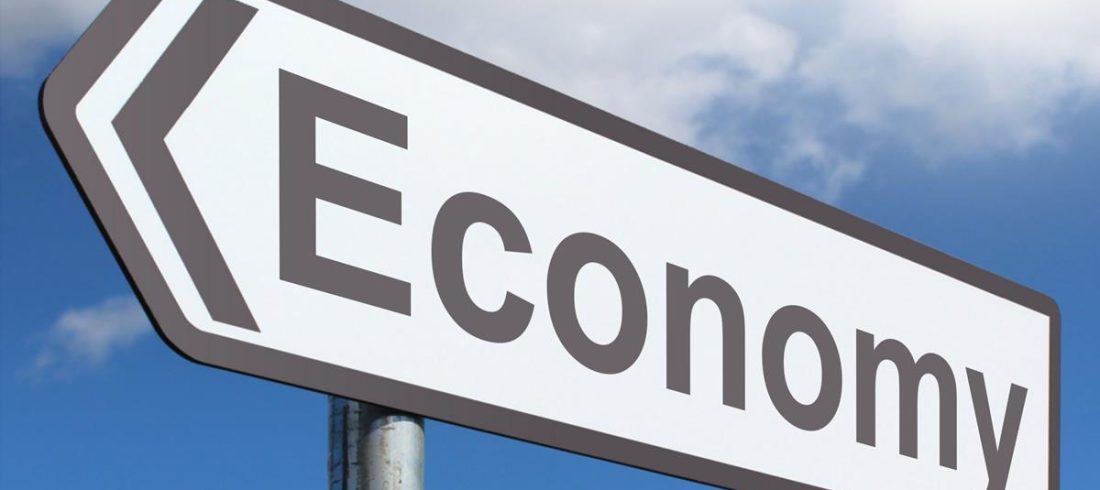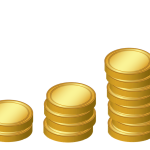Investing abroad means that you have to make certain that the economy will take care of the money you’ve invested into a business that’s incorporated into its jurisdiction.
In line with this, let’s take a look at some of the key performance indicators that economists and statisticians use in order to measure the performance of economies around the world. Take note that these are globally accepted KPIs.
Gross Domestic Product
Investopedia defines Gross Domestic Product as a measure of the amount of cash that’s moved around in a specific market or the economy in general.
In other words, it quantifies the total expenditures in the economy in a specific period of time. It is an index of productivity, which, in a way, indicates the spending power of a country’s inhabitants across all classes and industries.
While it is widely quoted in economic reports, the GDP is not the sole indicator of a country’s actual economic performance. For instance, it only shows how money moved around, but it does not measure the actual consumption of resources.
Gross National Product
The Gross National Product takes two performance indicators together and measures their output. These KPIs are: gross national income of the country’s citizens and their total expenditures.
If you read the definition, you’d say that it is similar to the GDP. GNP and GDP are almost similar, but the latter takes into account the spending power of all that live within the country’s borders. GNP, however, is only the accumulative measure of the expenditures of the country’s citizens only.
Both the GNP and GDP are measures of productivity, and needs to be compared to other KPIs to actually give a picture of a country’s economic health. However, they can be used for interesting comparisons – you can use GNP and GDP figures to see the contrast between the contributions of foreign investors into the economy versus the contributions of local businesses.
Inflation
Inflation measures the decline of an individual’s spending power within a certain country. When the inflation rate grows, it means that a specific amount of money in a person’s hand can buy less than what he or she had been able to buy in the past.
For example, if there is a 5% growth in inflation in a country for the past two years, it means that your $100 can buy 5% less of the amount of commodities and services that you were able to subscribe to two years ago.
Inflation can be caused by several economic factors, like a growth in taxes through a government initiative, or by geopolitical factors like war, in the case of commodities like oil.
Unemployment
The previous three indicators take into account the spending and productivity of those who are contributing to the local workforce. As a means of balancing, economic studies will also weigh the rate of unemployment in the country as a measure of the country’s true economic progress.
When you have a clear picture of the unemployment in a nation, you can see how much potential productivity is lost and not put into reality. If the unemployment rate is low, it means most of the people who are of working capacity in a country is contributing to the movement and growth of the economy.
By contrast, if there is a high unemployment rate, it means that the country’s economy is not moving as fast as it should be because there is unrealized potential for productivity and income. It also means that there are unrealized potential for revenues for the government that could have gone into infrastructure development.
Do you want to stay and do business in Thailand? Click this link.





